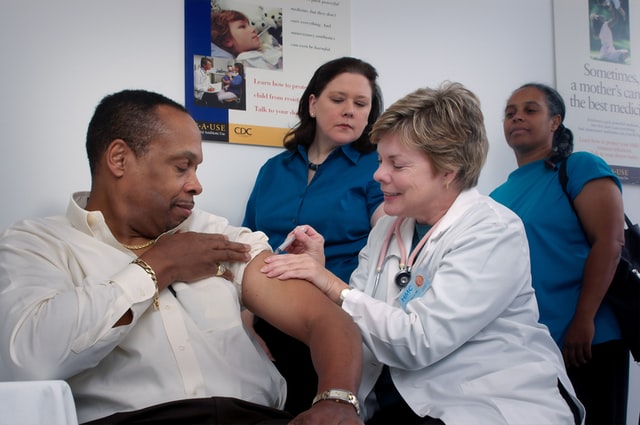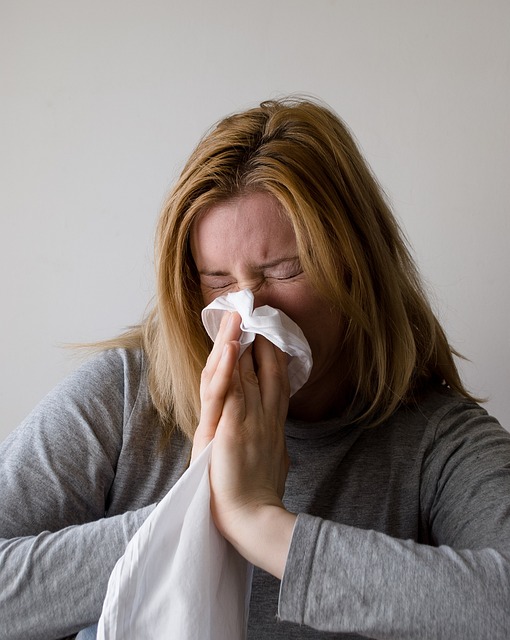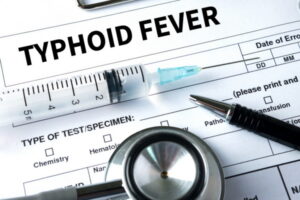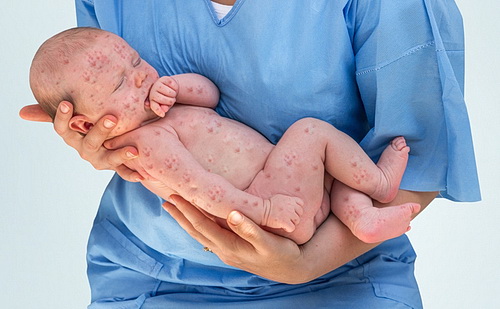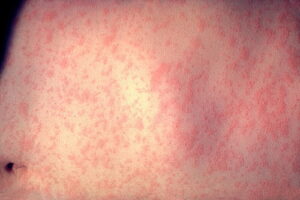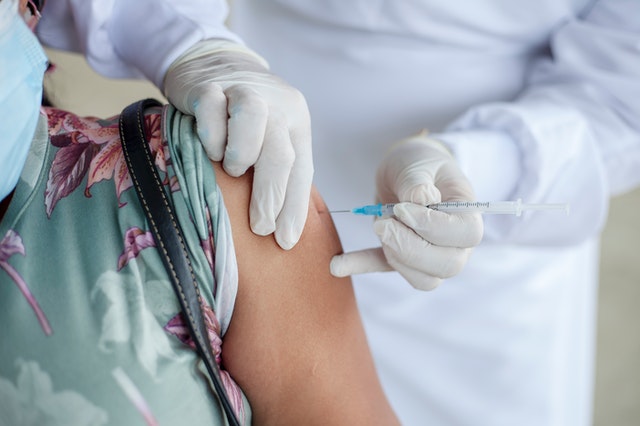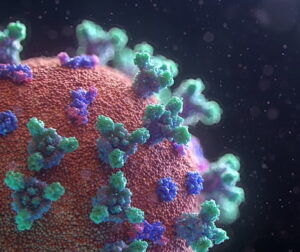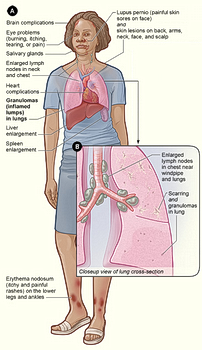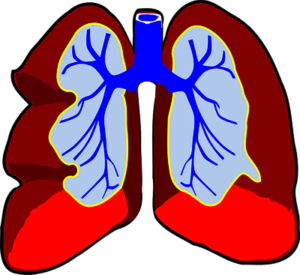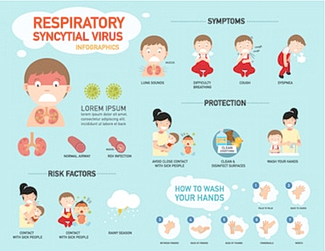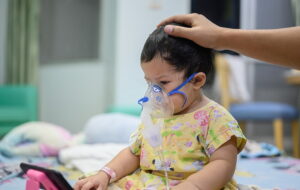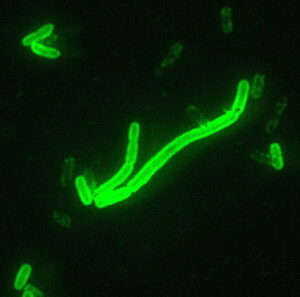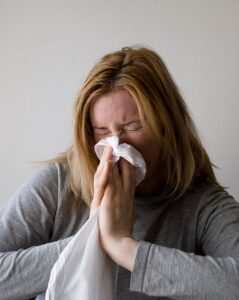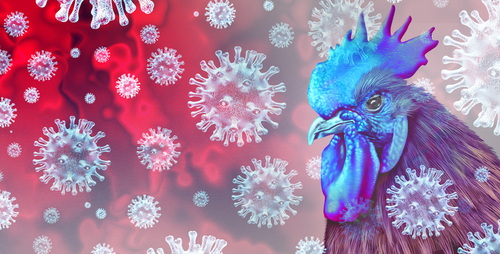 Bird flu virus and rare strain concept illustration. iStock
Bird flu virus and rare strain concept illustration. iStock
February 2025: In New York City, the bird flu has affected local zoos, with three ducks at the Queens Zoo and several birds at the Bronx Zoo succumbing to the virus. Governor Kathy Hochul has ordered the temporary closing of all live poultry markets in NYC, Long Island, and Westchester County to mitigate the spread of the virus.
December 2024: The CDC has announced the first case of bird flu in a human in the United States. The patient, who is over 65, is currently being treated in a hospital in Louisiana and diagnosed to be in critical condition at this time.
What is Bird Flu?
Bird flu, also known as avian influenza, is a virus that primarily infects birds, mostly from poultry, and some strains, such as H5N1 and H7N9 can infect humans. The infection in humans can result from close contact with infected birds or contaminated environments, as well as other humans through respiratory droplets or touching surfaces that an infected person had touched; however, human infections are rare but can be severe if you get infected.
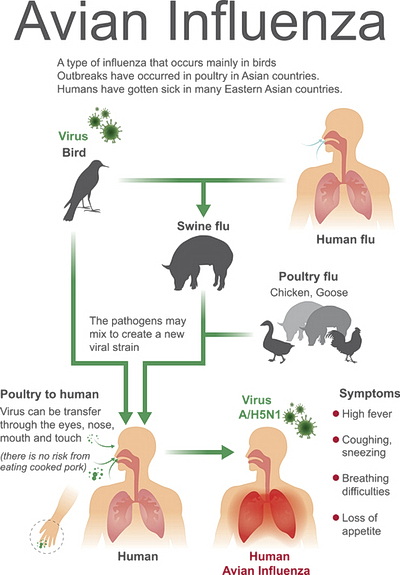
Latest Statistics
A search on December 17, 2024, came up with the following Google AI Views statement: “As of November 4, 2024, the CDC has monitored over 6,700 people who have been exposed to infected or potentially infected animals. The CDC believes the risk to the general public is low, but people who have been exposed to infected animals are at higher risk.”
“As of December 13, 2024, the CDC reports:
-
- 10,718 wild birds in 51 jurisdictions with bird flu
- 122,960,216 poultry in 49 states with outbreaks
- 845 dairy herds in 16 states with outbreak.”
How to Avoid Bird Flu
Use a common sense approach and avoid direct contact with live poultry markets or farms. If you live in a rural area, chances are higher that you may come in contact with an infected bird than if you live in a city.
Also, for those who are wondering, pigeons are generally less susceptible to bird flu, as studies have indicated that pigeons are not primary carriers of avian influenza viruses. There are some rare cases, but pigeons are generally unlikely to play a significant role in spreading the disease.
You might want to be generally cautious if you are on a farm or related environment, as other animals, such as cows, can also become infected.
Precautions

-
- Cook Poultry and Eggs Thoroughly: Ensure chicken, turkey, and other poultry are cooked to an internal temperature of at least 165°F (74°C).
- Avoid eating raw or undercooked eggs.
- Monitor Travel Advisories and avoid traveling to areas with reported bird flu outbreaks.
- Keep pets away from birds, especially wild or stray birds. This can go beyond birds when dealing with pets. Any animal that looks injured or dead could be dangerous for your pet if it gets near it.
- While there isn’t a universal vaccine for bird flu, seasonal flu vaccines can help reduce the risk of co-infection, which can lead to new strains.
- Good hygiene is always recommended no matter what disease is out there, but this goes double if you are near infected animals. Be sure to wash your hands thoroughly with soap and water.
- Use gloves and a mask when handling birds or poultry and even eggs.
What to Do if You Are Infected
If you suspect you’ve been exposed to bird flu or develop symptoms after contact with birds, seek medical advice promptly. Early treatment with antiviral medications may be effective.
For more information and to donate, contact the British Society for the Protection of Birds.


